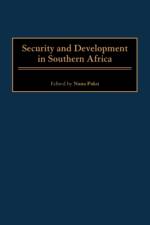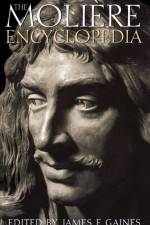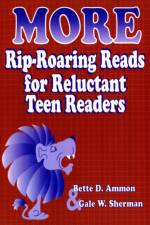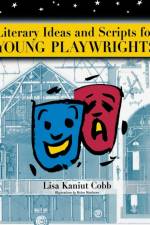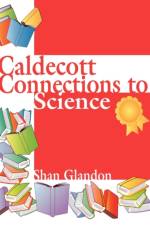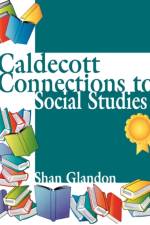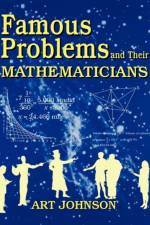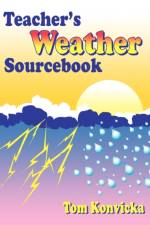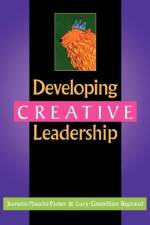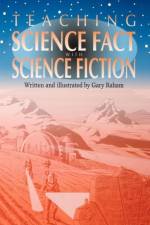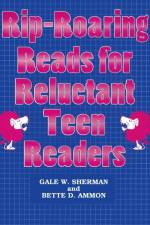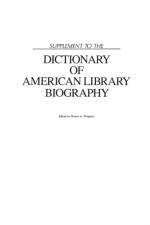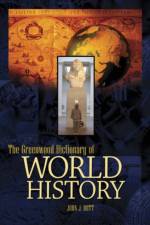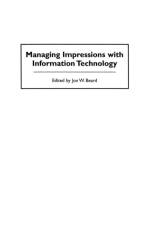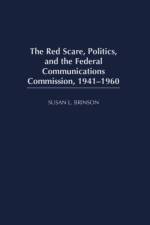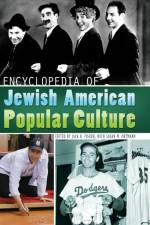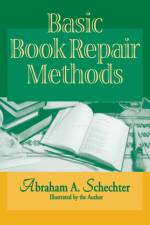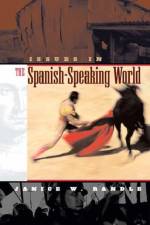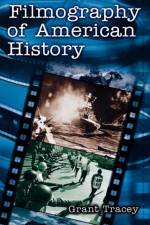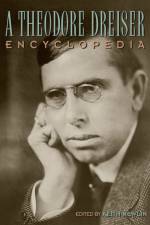av Christian Aspalter
947
Aspalter asserts that the belief that the development of high standard welfare states is primarily based on the ideology that pro-welfare, mostly leftwing, parties dominate welfare state literature and common thought in the Western world. Instead, in this examination of the welfare states of East Asia, Aspalter and his contributors show that they grew as naturally as they did in most Western countries, but that the reasons for this are other than pro-welfare ideologies. The five welfare states-Japan, South Korea, Hong Kong, Taiwan, and Singapore-are residual welfare states with low levels of welfare benefits and provision when compared to extended welfare states in Western Europe. While East Asian welfare states have experienced a hefty increase in welfare provision that has been regulated or provided by the state since the early 1970s, all five were set up and expanded by conservative governments with clear anti-welfare ideologies.The case studies provided by Aspalter and his contributors suggest that welfare state development in East Asia is caused to a large extent by social protests in general, and, for welfare in particular, by competition in democratic elections, and by the changing role of women. Social and demographic factors, such as the rise of the age structure of the population, do not cause welfare state expansion in the first place. They cause street protests, and street protests convince all kinds of governments-if they rule out the use of force-to implement social welfare. Moreover, politicians, who are afraid to lose elections, also take up welfare issues, which they would not do without electoral competition between candidates and parties. As Aspalter makes clear, governments do not have to wait until major protests occur or until they have lost an election in order to promote social welfare. The anticipation of such an event is sufficient. This book provides new insights on the development of welfare systems that will be of particular interest to scholars, students, and other researchers involved with social welfare, East Asian studies, and comparative politics.

